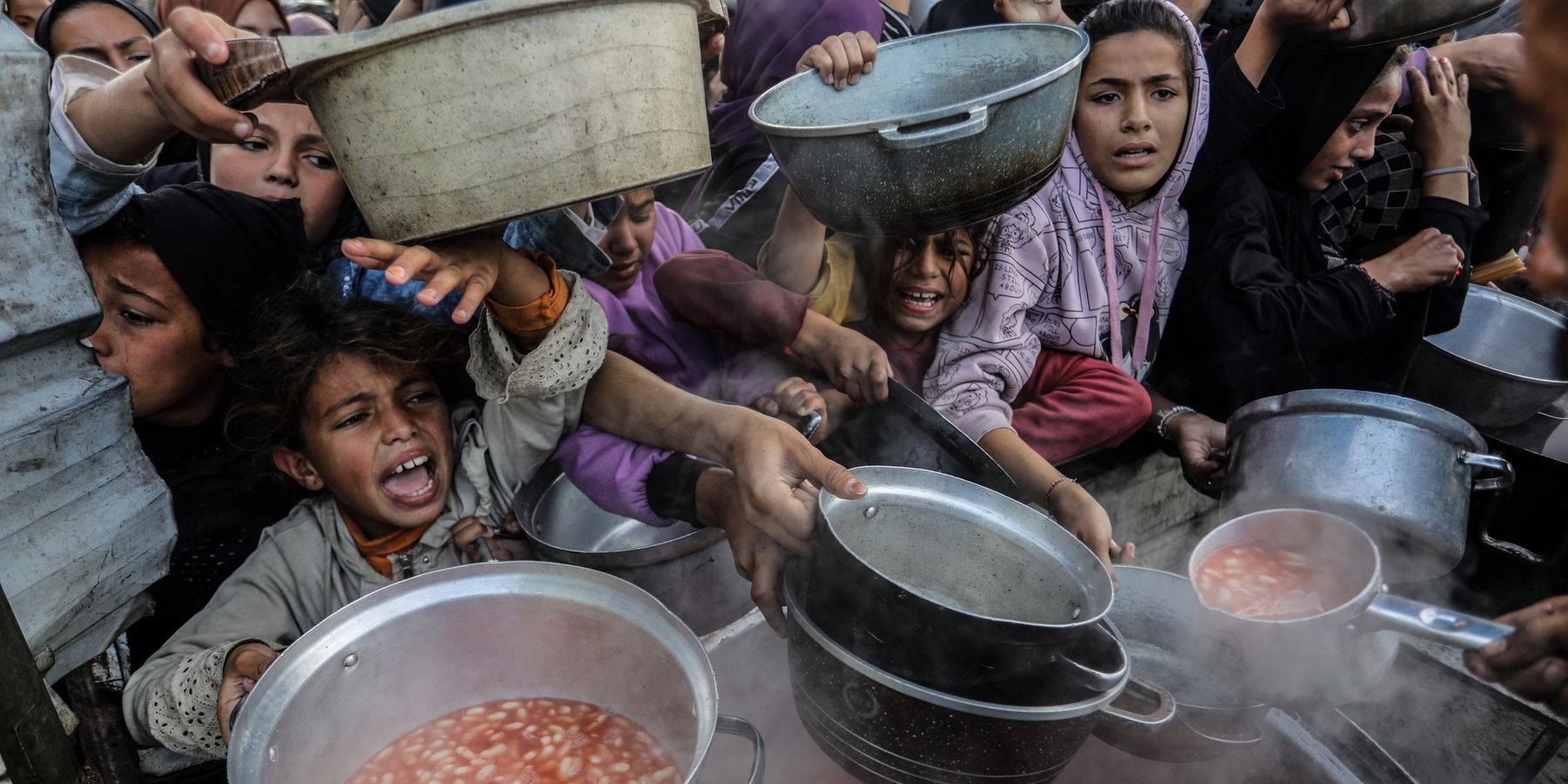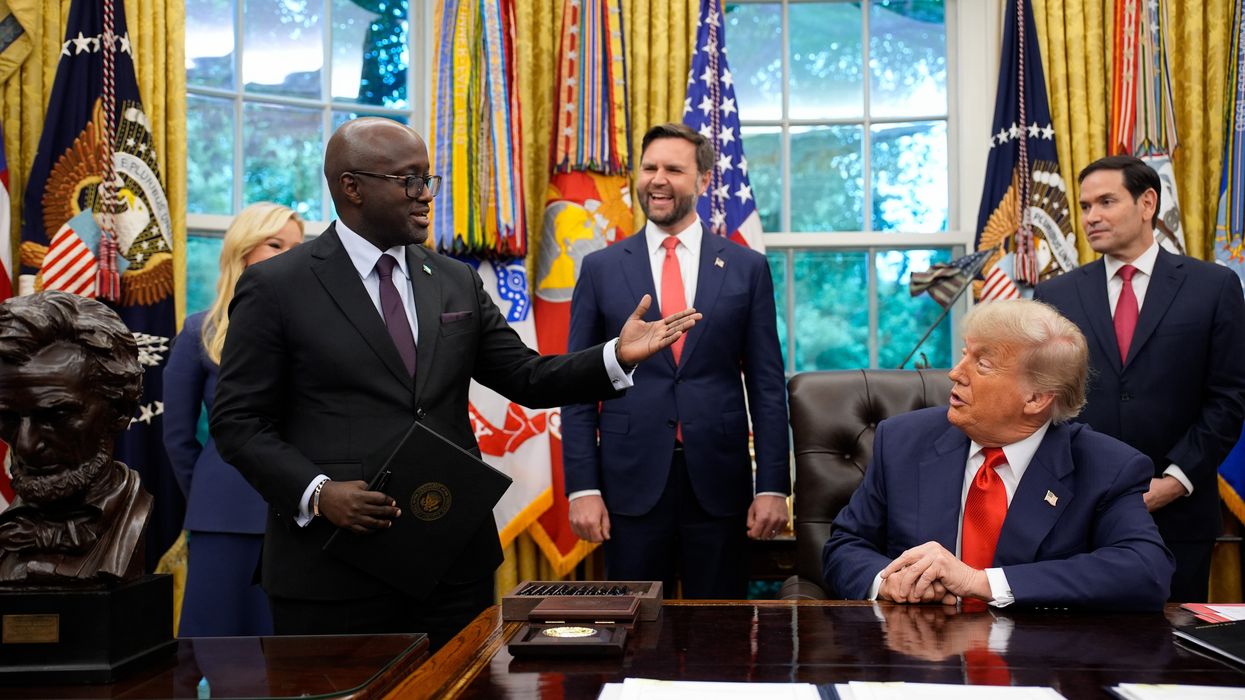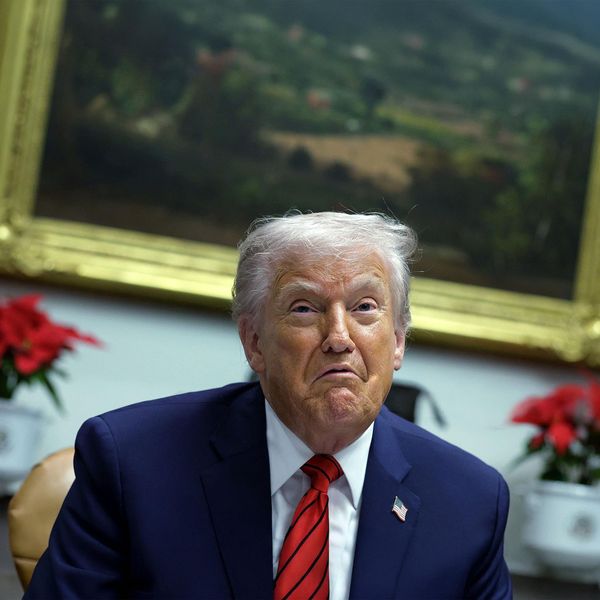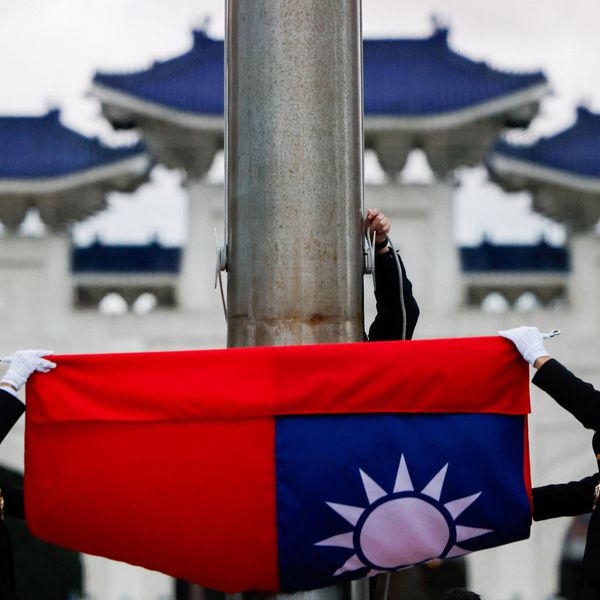The latest round of Gaza ceasefire negotiations in Cairo encapsulates the agonizing paradox gripping the devastated enclave.
Even as Egyptian security sources signaled a "significant breakthrough" towards a long-term truce on April 28, and a Hamas delegation departed after "intensive talks," the familiar impasse quickly reasserted itself. Israeli officials promptly denied any progress, Qatari mediators confirmed advances but no agreement on ending the 18-month-old war, and Hamas reiterated its refusal to disarm – a non-negotiable point for Israel.
The flurry of diplomatic activity masks fundamentally irreconcilable visions for Gaza's future, not only between Israel and the Palestinians but, critically, among the key Arab states themselves. While mediators shuttle between capitals, Israel under Prime Minister Benjamin Netanyahu pursues indefinite military control, buoyed by a seemingly permissive Trump administration.
Israel's position, articulated clearly by Netanyahu and his government, forms one pole of this impasse. The official war aims – destroying Hamas and freeing hostages – remain operationally contradictory, yet Israel's actions prioritize the former. Netanyahu explicitly rules out Palestinian Authority (PA) governance in Gaza and insists that Israel must maintain overarching security control "over the entire area west of the Jordan River," rendering any Palestinian state less than sovereign.
This stance is reinforced by far-right coalition partners pushing for mass displacement and the dissolution of the PA.
Against this hardline Israeli stance, the Arab world presents a fractured landscape of competing visions over Hamas and Gaza’s political future.
At the diplomatic nexus lies Egypt, performing a precarious balancing act. Driven by the existential fear of inheriting millions of displaced Palestinians – a nightmare scenario given historical traumas and the ongoing Sudanese refugee crisis – Cairo’s primary goal is stability and preventing demographic shifts. Its policy is thus pragmatic: despite President Sisi’s own history of crushing political Islam domestically, it maintains communication channels with Hamas, the de facto power it must deal with as mediator.
Egypt prioritizes reopening the Rafah crossing under Palestinian control to manage aid and facilitate the return of Gazans currently stranded in Egypt, where their legal status is precarious and they receive only limited support. Cairo’s ambitious $53 billion Gaza reconstruction plan, envisaging an interim technocratic committee excluding Hamas before a potential PA return, aimed to counter Trump's displacement scheme and preserve a path to Palestinian statehood. Yet, this plan floundered against Israeli rejection and U.S. indifference.
Egypt neverthless persists in mediation, seeking an elusive intra-Palestinian deal, but its leverage is constrained by regional rivalries and its own economic fragility.
In sharp contrast stands the United Arab Emirates (UAE), whose approach is shaped by an ideological commitment to eradicating political Islam and advancing its regional influence through the Abraham Accords framework. The UAE views Hamas, a Muslim Brotherhood offshoot, as an entity to be eliminated, not engaged. The UAE’s stance towards Hamas manifests primarily through stringent pre-conditions for reconstruction aid — which demand the group's exclusion from power, a position revealed more through diplomatic channels than public overtures.
Reports indicate the UAE actively lobbied the Trump administration to torpedo Egypt's reconstruction plan, deeming it too accommodating of Hamas. Central to the Emirati vision is Mohammed Dahlan, the former Fatah security chief in Gaza and Abbas rival exiled in Abu Dhabi. With a history of antagonism towards Hamas and close ties to the Emirati president, Mohammed bin Zayed, Dahlan represents the strongman figure the UAE hopes will govern a post-Hamas Gaza, potentially in coordination with Israel.
Despite Dahlan's minimal popularity among Palestinians, the UAE promotes him as a viable option, leveraging its financial muscle and Washington connections.
Jordan, bordering the West Bank and home to a large Palestinian population, views the crisis as an existential threat. The specter of mass displacement, the "alternative homeland" scenario long feared in Amman, is a red line uniting the monarchy, the opposition, and the public. King Abdullah II emphatically rejected Trump's resettlement proposals, despite facing the awkward pressure of a publicly televised White House meeting where Trump linked U.S. aid (already partially frozen) to Jordan's compliance.
Jordan navigates a treacherous path: upholding its U.S. alliance and its peace treaty with Israel while facing intense domestic anger over perceived complicity in Israeli actions and U.S. policy.
This pressure intensified after the opposition Islamic Action Front (IAF), the Muslim Brotherhood's political arm, made significant gains in the 2024 elections. However, in April, potentially under pressure from Saudi Arabia and the UAE or seeking favour with Israel and the Trump administration, Jordan banned the Muslim Brotherhood, accusing it of plotting instability and raiding IAF headquarters. This crackdown aligns with Jordan’s own proposal to exile thousands of Hamas members and disarm the group to facilitate a PA return, combining its anti-displacement stance with a clear anti-Hamas position.
Qatar, meanwhile, plays a uniquely complex game. As Hamas's long-term host (since 2012, with U.S. acquiescence) and a key financial supporter of Gaza (often with past Israeli consent), Doha insists engagement with Hamas is indispensable for mediation and eventual peace. It leverages its position as host of the vital U.S. Al Udeid air base and Major Non-NATO Ally status to maintain influence in D.C. while simultaneously engaging Hamas – which Washington formally designated a Foreign Terrorist Organization (FTO) in 1997 – and other U.S. adversaries, notably Iran, creating a delicate, high-stakes balancing act.
Its state-funded Al Jazeera network provides critical, albeit controversial, coverage of Gaza, drawing accusations from Israel of collusion with Hamas and leading to the outlet’s ban by Israel in Gaza and the West Bank. While more open to Hamas's inclusion in the broader Palestinian political landscape compared to the UAE or Jordan, Qatar’s primary role remains that of a facilitator constrained by the conflicting demands it mediates.
Saudi Arabia firmly links any normalization with Israel to the establishment of a Palestinian state based on 1967 borders with East Jerusalem as its capital, vehemently rejecting Netanyahu’s inflammatory suggestion of creating a Palestinian state within Saudi territory. Its opposition to Iranian-backed militias like Hamas and Hezbollah aligns with its broader regional strategy favoring state institutions.
Saudi-owned media initially labeled Hamas leaders as "terrorists," but subsequently softened its tone, particularly after provocative remarks from Netanyahu and Trump regarding displacement.
This media shift, while not a formal policy change, suggests tactical flexibility. The Kingdom endorsed the Egyptian-led Arab League plan as a counter to Trump's proposals and maintains that lasting peace requires a two-state solution. Its position remains pragmatic: recognizing Hamas's spoiling power while insisting on its eventual disarmament and PA governance as part of a comprehensive settlement tied to Palestinian statehood.
Caught within this maelstrom are the Palestinians themselves. Hamas, though battered, demonstrates resilience, reportedly regrouping and prepared to continue fighting. Its leadership signals openness to ceding governance but maintains disarmament as a red line, which is unacceptable to Israel, the UAE, and Jordan. The PA under Mahmoud Abbas remains weak, plagued by internal divisions, perceived corruption, and a lack of legitimacy, exacerbated by Abbas's own vitriolic denunciations of Hamas, whom he recently called “sons of dogs.”
This deep Fatah-Hamas schism prevents the emergence of a unified leadership capable of commanding broad support, further complicating any "day after" scenario.
The endgame in Gaza is thus gridlocked by these competing, often contradictory, agendas. Egypt and Qatar mediate within tight constraints. Jordan defends its red line against displacement while now cracking down on Islamists at home, signaling disapproval of a future role for Hamas in Gaza. The UAE pursues a Dahlan-led, Hamas-free outcome aligned with its anti-Islamist drive.
Saudi Arabia, meanwhile, leverages normalization prospects for statehood demands, bolstering its leadership credentials in the Islamic world as custodian of the holy mosques, while maintaining room for tactical flexibility. While strategically opposing Hamas's dominance, it appears willing to leverage the group's continued relevance as an instrument to signal displeasure to aggressive remarks from Israeli officials.
Meanwhile, Israel, under a leadership perhaps politically invested in perpetual conflict, pursues military dominance and indefinite control. The United States under Trump offers inconsistent signals while failing to impose a coherent path forward. The result is a devastating stalemate, where irreconcilable visions condemn Gaza to ruins and its people to a future trapped between destruction and despair.
- MBS: No Saudi-Israel normalization until Palestinians get a state ›
- Was Jordan's Muslim Brotherhood ban a bid to please Israel, Saudi? ›
















